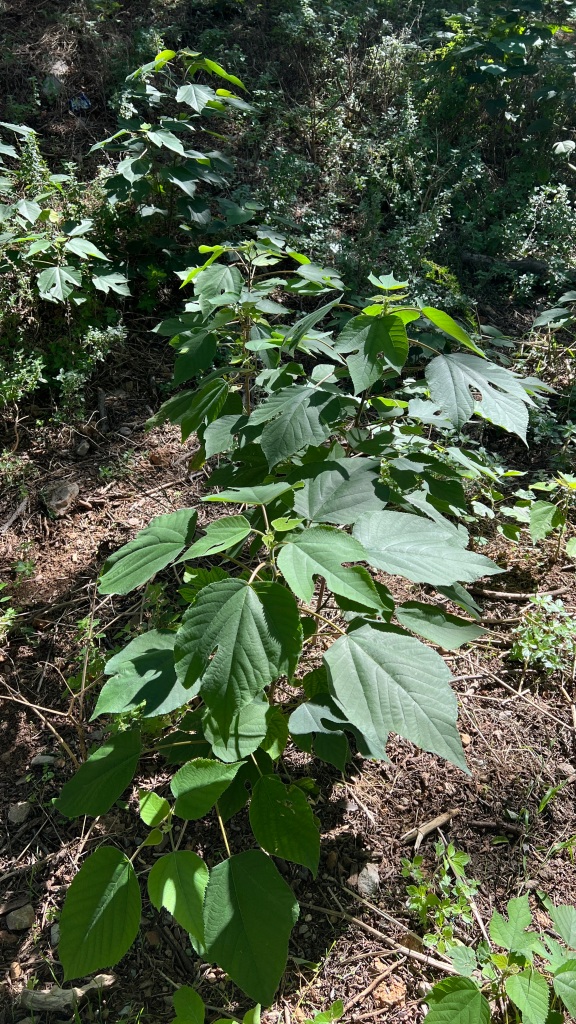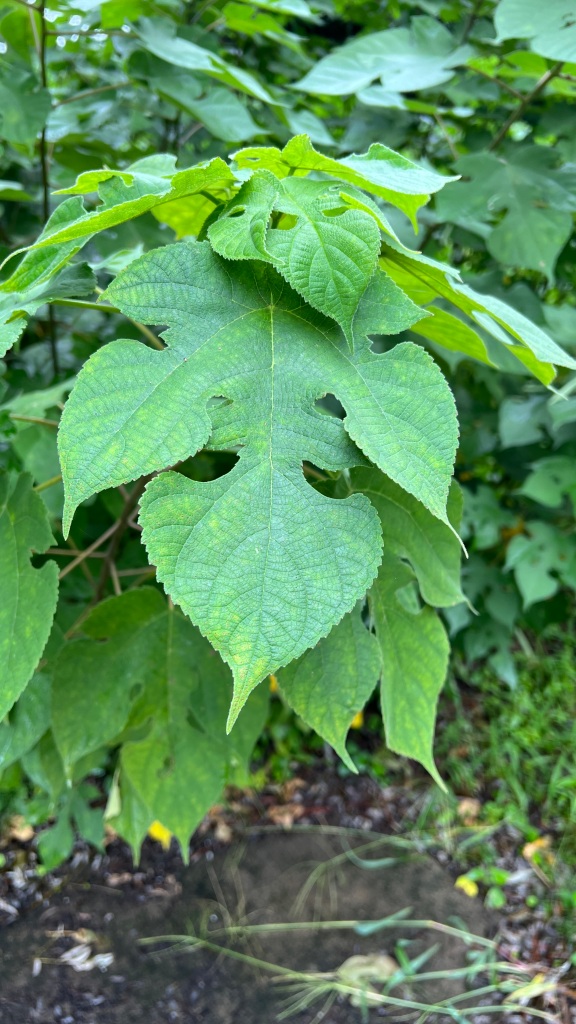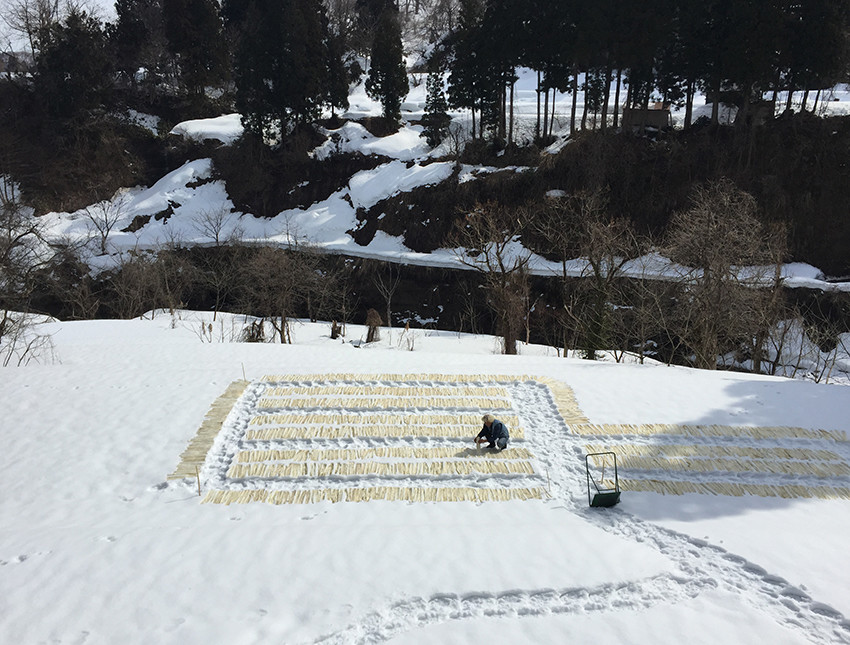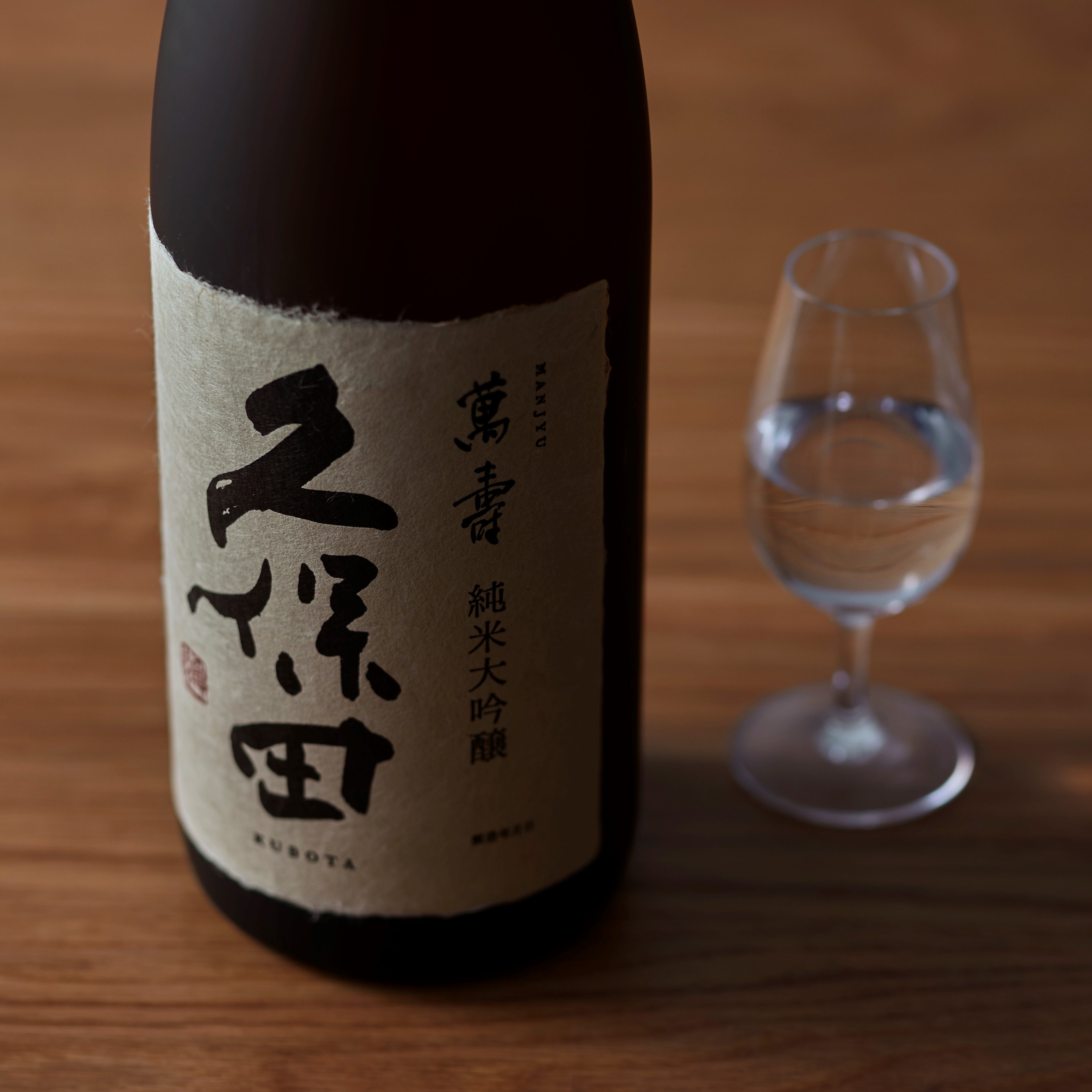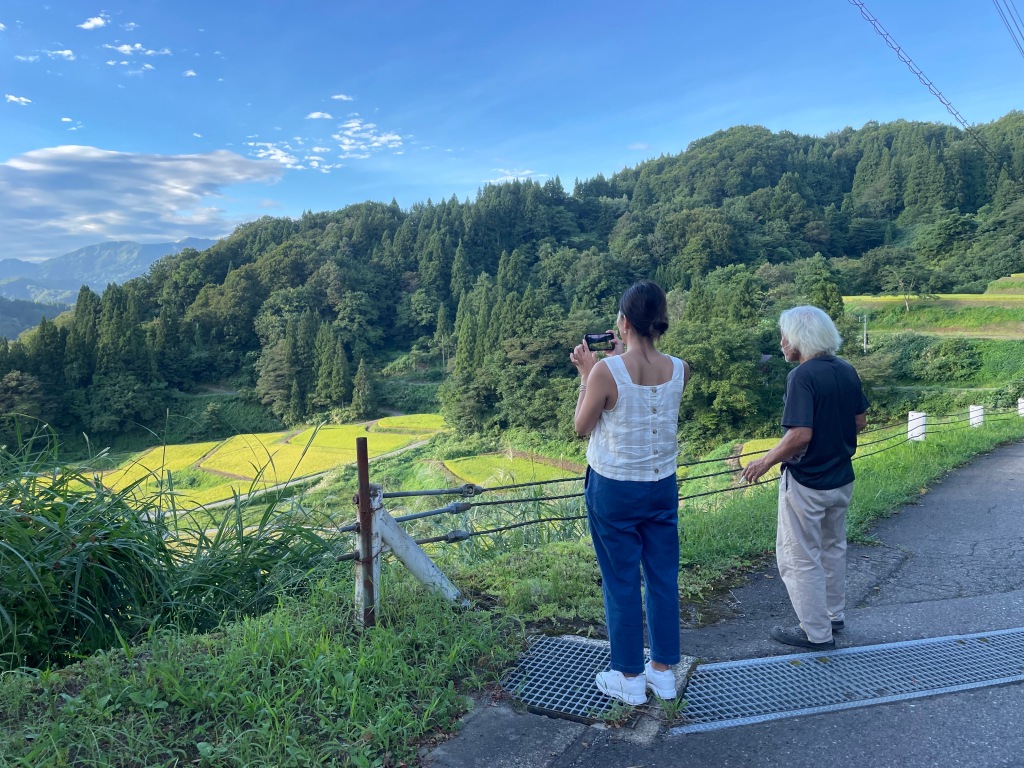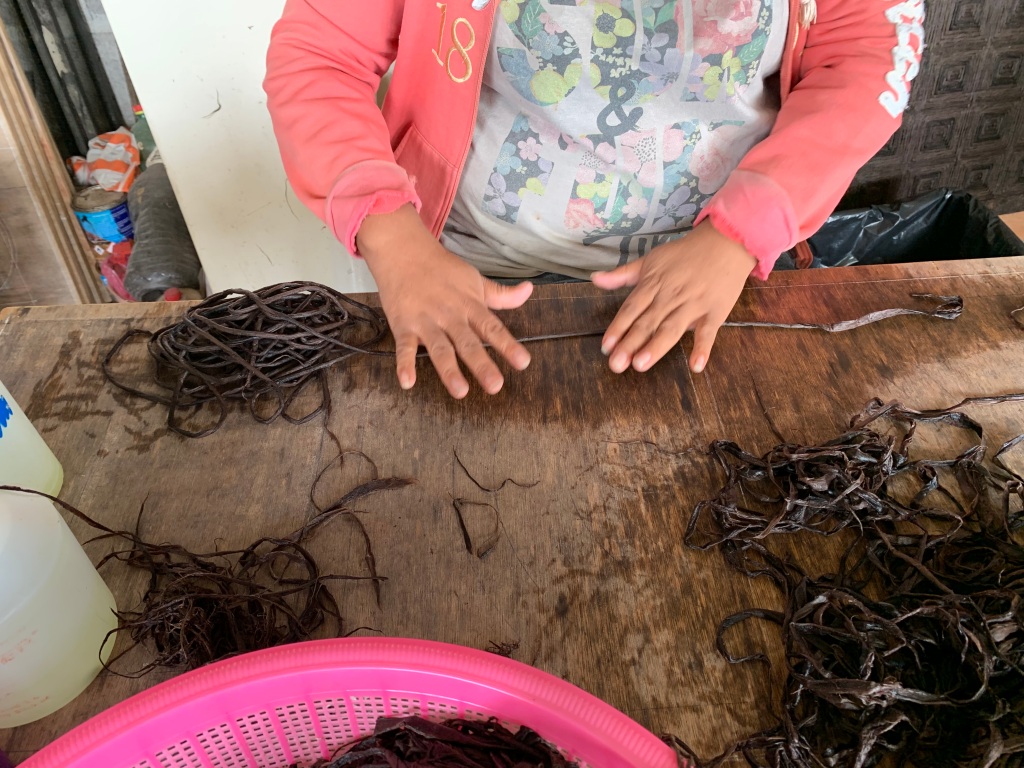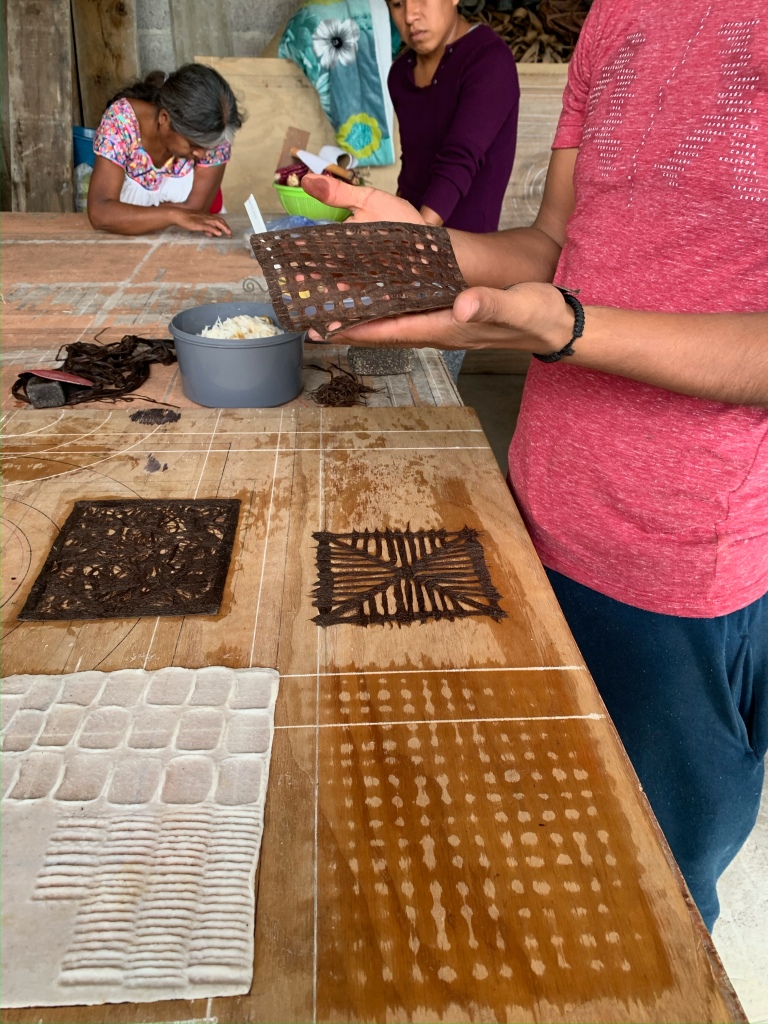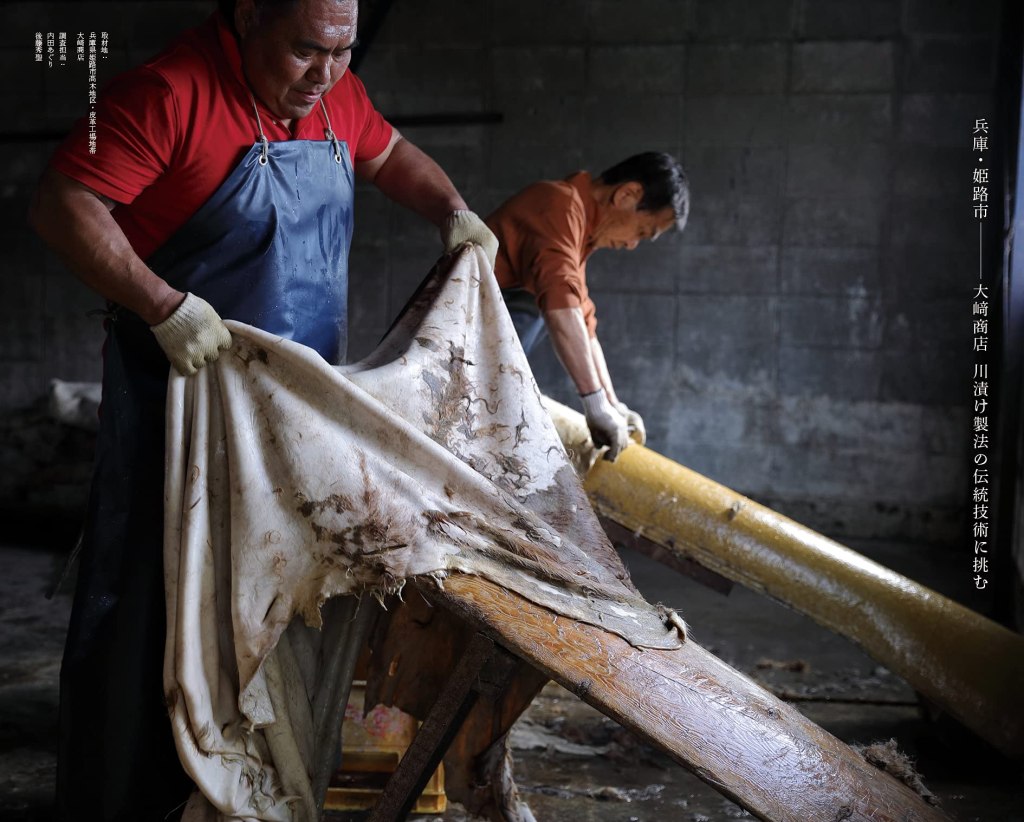By Yuki Katayama

This month I attended the ICOM-CC Conference in Valencia where I assisted with the Deffner & Johann booth and spoke to attendees about Japanese papers and showcased the new Self Adhesive Tengucho paper. ICOM-CC (International Council of Museums Committee for Conservation) is an organization that comprises more than 2600 people from every continent concerned with the museum world and with the conservation of objects of historic and artistic significance. ICOM-CC hosts global triennial conferences with past conferences taking place in Beijing and Copenhagen. Hiromi Paper does not often attend international conferences, but it was a worthwhile experience meeting with professionals in the art restoration field, not only limited to paper conservation.

The weekend prior to the ICOM-CC conference, I took a train from Valencia to Barcelona to explore the city as I have never been before. On my walk up to the Joan Miró Foundation up on the hill of Montjuïc, I was surprised to see multiple bushes of kozo (mulberry) growing all along the steps leading up to the museum! As I took a closer look, I noticed that the shape of the leaves were a bit different in comparison to kozo grown in Japan, but it was still kozo nonetheless. While it is unclear how the kozo plant made its way to that part of Barcelona, I do think the warm/humid climate is very much similar to that of Japan, probably making it an ideal location for the kozo to thrive. If you ever make it out to Barcelona, make sure to keep an eye out for these wild kozo plants!

